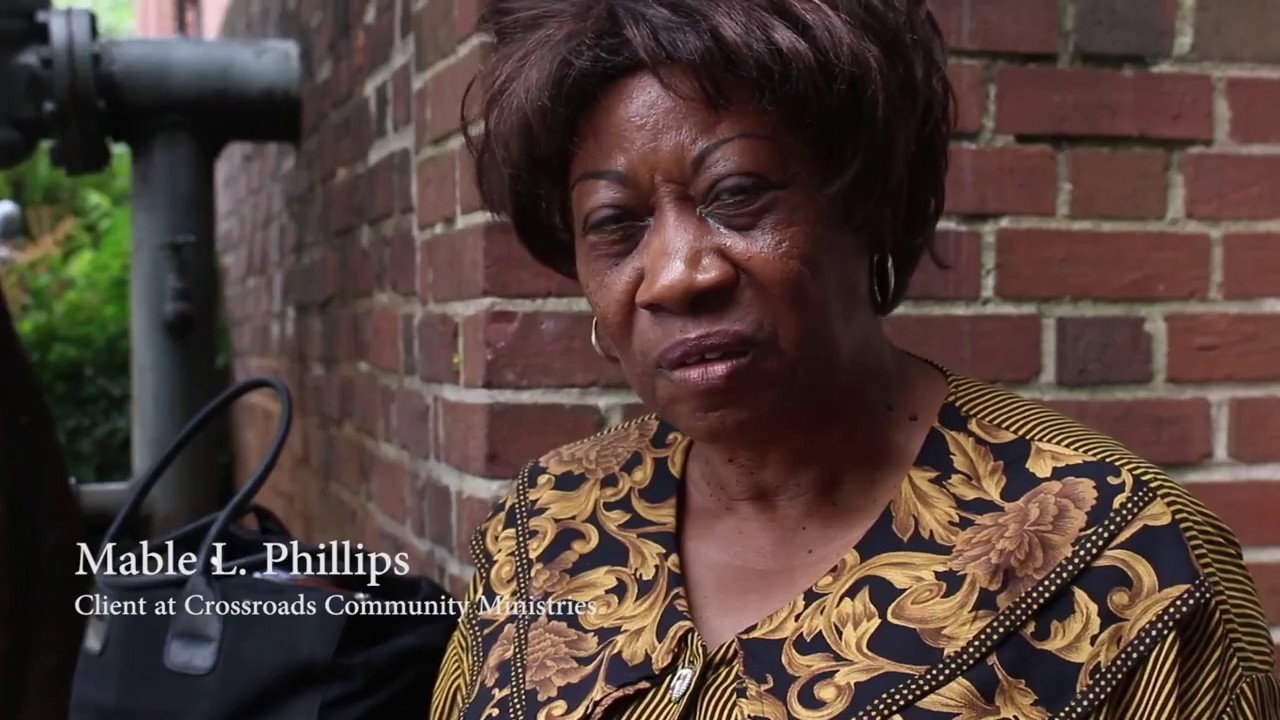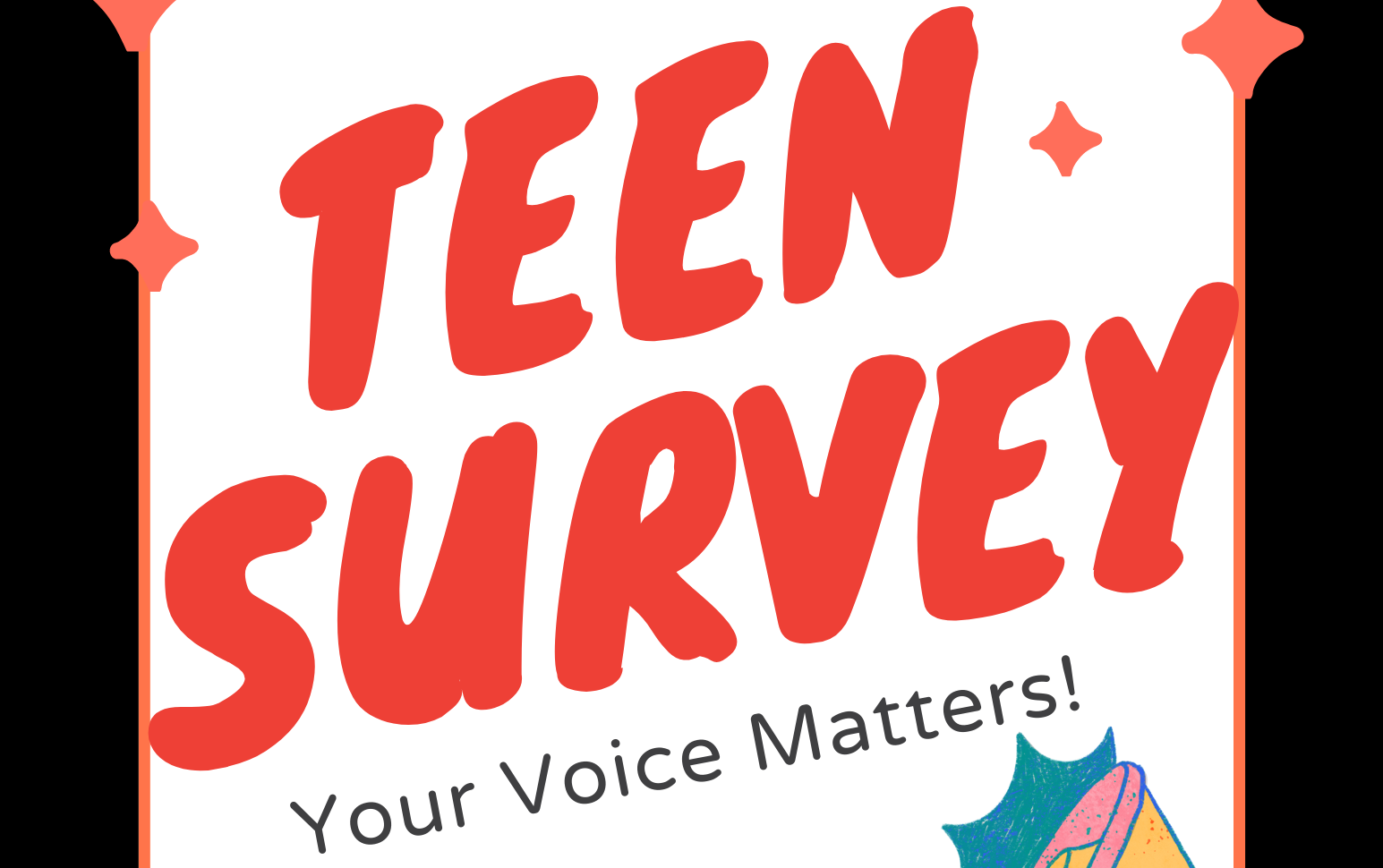Imagine not having a bed to sleep in every night, not having food to eat, not knowing when your next meal is or not having family that support — let alone a family who loves you. Imagine feeling like you have nothing. According to a study by The Williams Institute at UCLA, 40 percent of homeless youth nationally are LGBTQ and don’t have to imagine any of these things because that’s all they’ve become accustomed to. Many people turn a blind eye to this issue, due to the already extremely marginalized LGBTQ community. Due to people either not knowing or not caring about this cause, LGBTQ homeless youth are possibly one of the most at-risk groups in Atlanta.
“This is a very poorly understood social problem with lots of ramifications,” Eric Wright, a sociology professor from Georgia State University, said in a press conference in 2016. Teens experiencing homelessness are exceptionally vulnerable from a social services perspective.
According to homeless advocates, there are many reasons why LGBT youth become homeless. According to the Williams Institute study, the biggest reason is family rejection and being forced out of their homes. Without the support of a family or guardian, the youth are alone in the world, and it is unbelievable how difficult life becomes.
“It depends whether or not the youth has family support,” said Robin McHaelen, executive director of True Colors, Inc., an organization that provides services to LGBTQ youth in Hartford, Connecticut. “If the youth has family support, then they are not any more likely to be homeless than any other young person. If the family is rejecting, then they are significantly more likely to be homeless.”
Other reasons for LGBTQ youth homelessness include aging out of foster care, poverty, abuse, and judicial systems. Being LGBTQ and homeless at these younger ages present an even wider multitude of problems, that begin to spiral and grow until there seems to be no way out for that individual. There is no sense of stability at all, the little possessions that are owned could be taken at any second, and there is never a definite sense of safety, due to being on the streets all the time. The biggest problems include human trafficking, drug and alcohol abuse, health issues like STI’s and STD’s, and mental health problems. McHaelen speaks on this issue to us as well: “Often, they’re (youth) exchanging sexual favors or sexual acts for a place to eat and someplace to sleep that night.”
In a lot of cases, there seems to be no way out of these problems due to the general distrust LGBTQ homeless teens have for authorities and organizations that are supposed to help, but ultimately make the youth feel compromised and unsafe. Because of this, many organizations directed specifically at helping LGBTQ homeless youth are stepping up and not only making sure they are actively helping in communities, but making sure that citizens know they can too, and giving them outlets to help.
“Ways to help in your local community — If folks wanna get involved in their communities, I usually recommend checking out our True Inclusion directory.” says Nick Seip, the Program & Communications Officer at True Colors Fund, an organization devoted to ending homelessness among the LGBTQ community. “It’s a network of service providers like shelters or centers that offer support to young people who are experiencing homelessness, that’s usually the best way to get involved and offer support locally.”
LGBTQ youth homelessness is a big issue all over the country but especially in Atlanta, but it goes relatively unnoticed in the larger scope of everyday issues, because often people turn a blind eye to it. By taking steps to not only acknowledge but also help this cause, thousands of teens and young adults could have their lives changed forever, and we’d be one step closer to ending homelessness in general and providing safe spaces and environments for everyone to be themselves, no matter what.
Resources:
More than 3,300 youth are homeless in the Atlanta area, according to a project by Georgia State University and partners in 2016.
These organizations may be able to help:
Sian Stephens, 17, is a student at Campbell High School in Smyrna, Georgia. Royce Mann, 15, a student at Paideia High School in Atlanta. Amina Farlow, 13, is a student at Brighten Academy Charter School in Douglasville, Georgia.




